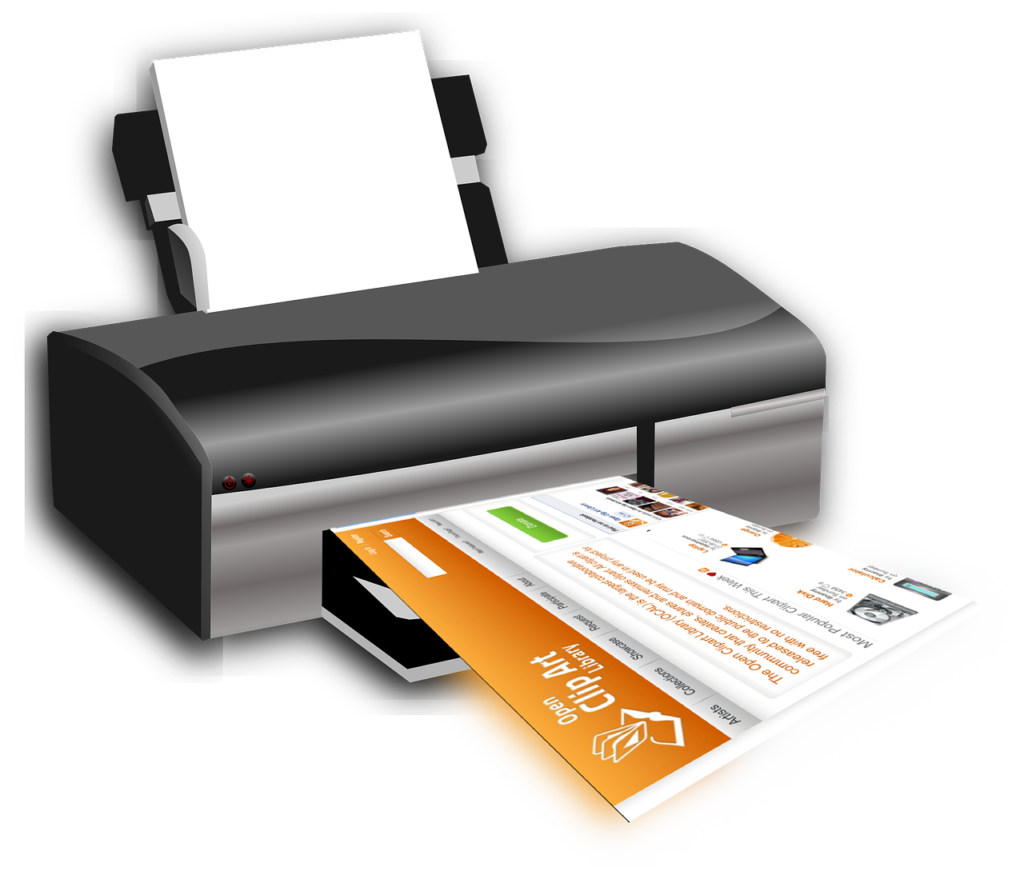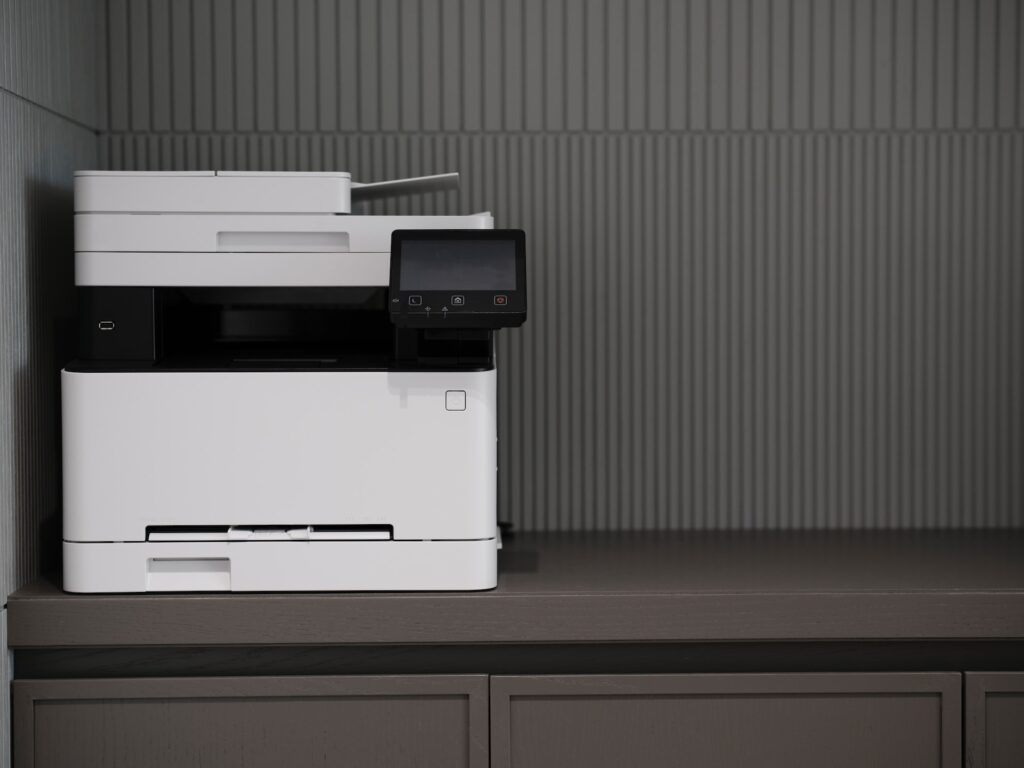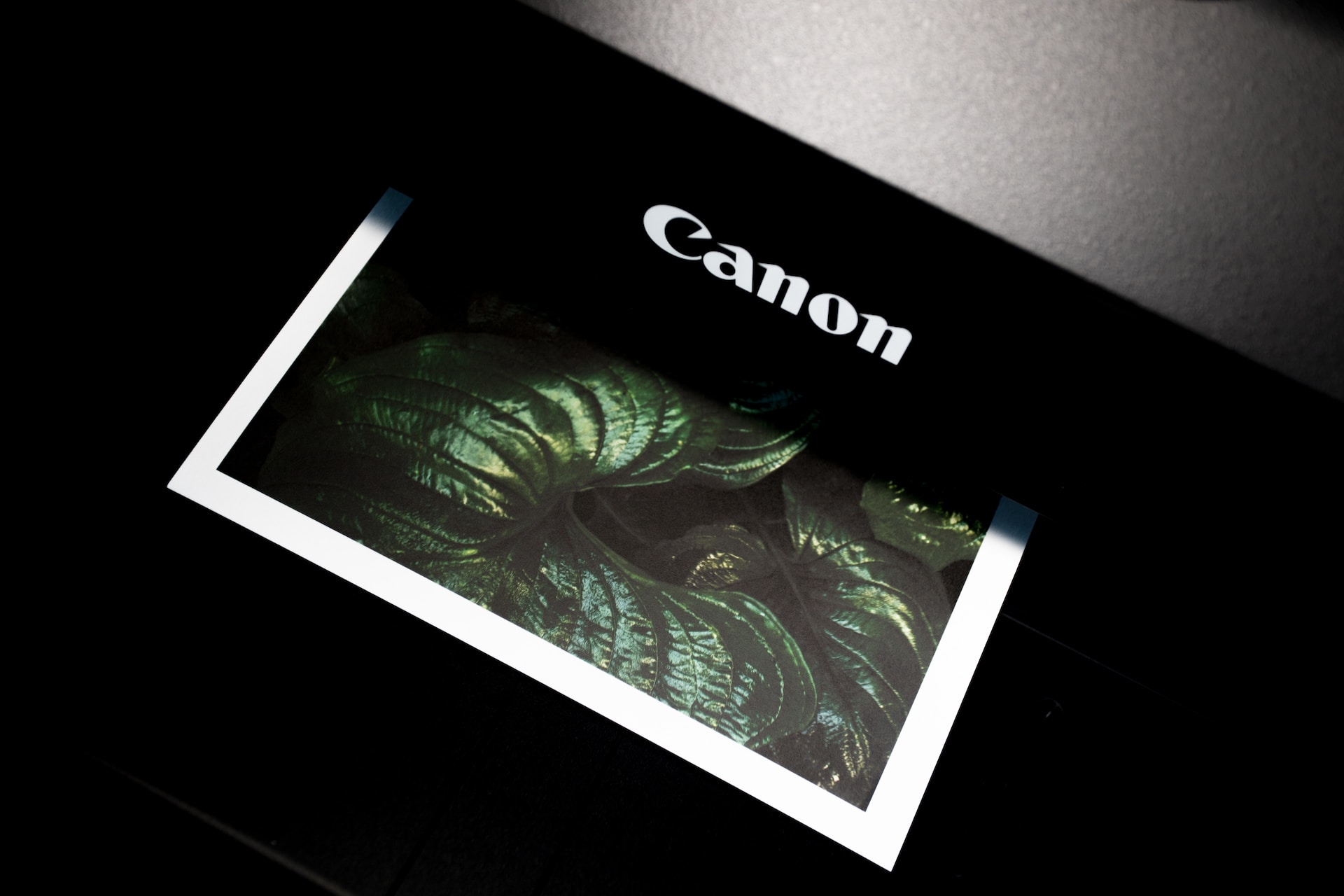Are you frustrated with recurring printer issues that seem to disrupt your work or personal projects? You’re not alone. Despite their indispensable role in various settings, Printers can often be a source of annoyance due to many problems.
Printers are crucial tools in both professional and personal environments. In offices, they are vital for producing important documents, reports, and marketing materials. They are used at home for printing photos, assignments, and even tickets. However, as with any technology, they are prone to issues.
Common problems with printers include paper jams, poor print quality, slow printing speed, or the printer not responding. But despair is not, as every problem comes with a solution.
In the following sections, we’ll explore these canon printer problems and solutions to get your printer back up and running smoothly. So, if you’re struggling with a printer issue, read on – we’ve got you covered.
Most Common Printer Problems and Solutions

So, what are the most common printer problems, and how to fix them? Let’s explore the most common issues below.
👉Paper Jams
One of the most frequently encountered printer issues is the dreaded paper jam. This problem arises when sheets of paper get stuck in the printer’s roller. Incorrect paper loading, wrinkled or torn paper, or overfilling the paper tray are common causes of paper jams.
To prevent this annoying issue, ensure the paper you’re using is smooth, free of tears, and appropriately lined up in the tray. Do not overload the paper tray; stick to the recommended capacity of your specific printer model. Regular maintenance and cleaning of your printer can also help avoid paper jams.
👉Poor Print Quality
Poor print quality is another common printer problem that can manifest in various ways, such as blurry prints, streaks, or incorrect colors. These issues can stem from low ink or toner levels, incorrect printer settings, or a dirty printhead.
To rectify these problems, check your ink or toner levels and replace them if necessary. Check your print settings to ensure they’re set appropriately for your print job. For instance, if you’re printing high-quality photos, ensure the setting is not in draft mode. Regularly clean your printer’s printhead to remove any accumulated dust or ink.
👉Slow Printing Speed
Slow printing speed can be extremely frustrating, especially when rushing to meet a deadline. Factors leading to slow printing could be high-resolution settings, memory issues, or even the printed document type.
To increase your printing speed, consider lowering your print quality setting for less critical documents. Keeping your printer’s driver updated can also help improve printing speed. If you’re consistently experiencing slow printing, and none of these tips work, consider investing in a printer with a higher print speed capacity.
These are the most common printer issues and their respective solutions. In the next section are more advanced printer problems and how to tackle them.
Advanced Printer Problems and Solutions

Besides, common printer problems, more advanced issues can arise. These are usually related to hardware or network problems and require a deeper understanding of how the printer works.
⏹Printer Not Recognized by Computer
Often, you might encounter a situation where your computer does not recognize your printer. There could be several reasons why your computer fails to recognize the printer. It could be due to a faulty USB cable or a problem with your USB port. It might also be due to the printer not being properly connected to the Wi-Fi network or a software issue on your computer. To troubleshoot, first, verify the physical connections.
Check your USB cable for damage and try a different USB port on your computer. If you’re using a wireless printer, confirm that your computer and printer are connected to the same network. Restart your computer and printer to clear any temporary software issues.
⏹Printer Driver Issues
The printer driver plays a critical role in communicating between your computer and printer.
A printer driver is a piece of software that converts the data to be printed into a form that the printer can understand. If your printer is not functioning correctly, it might be an outdated or corrupted printer driver. So, how do you update or reinstall your printer driver?
First, navigate to your printer manufacturer’s website. Look for the ‘Support’ or ‘Downloads’ section and find the latest driver for your specific printer model. Download and install the updated driver, following the instructions provided on the website. If you’re still experiencing issues, uninstall the existing driver from your computer and reinstall the updated driver. It often resolves any conflicts or issues causing your printer problems.
As seen from the above guide, most printer issues have simple and straightforward solutions that don’t require any technical expertise. So, when your printer gives you trouble next time, pull out this guide for reference and see if you can find a solution.
Printer Care Tips

Despite the best of our efforts, printers can often give us trouble. In order to avoid this, regular maintenance and care can go a long way in keeping your printers running smoothly.
✅Keep It Clean:
Regularly clean your printer to prevent dust and grime from building up. Use a soft cloth or compressed air to clean the exterior and the paper tray gently. Follow the manufacturer’s instructions when cleaning the internals like the printhead.
✅Use Good Quality Paper:
Poor-quality paper can leave residue in your printer, leading to jams and other issues. Always use good quality paper which is appropriate for your specific printer model.
✅Don’t Overfill the Paper Tray:
Overfilling the paper tray can lead to paper jams. Always stick to the recommended paper capacity of your printer.
✅Turn It Off When Not In Use:
Leaving your printer on always can lead to unnecessary wear and tear. If you don’t use it for a while, turn it off.
✅Update Printer Software Regularly:
Printer manufacturers frequently release updates that fix bugs and enhance performance. Keep your printer software up to date to ensure it functions efficiently.
✅Use Manufacturer’s Ink:
While it can be tempting to save money by using cheaper, third-party inks, they can often cause issues that can shorten the lifespan of your printer. Using ink made by your printer’s manufacturer can help ensure optimal performance.
✅Regularly Check for Printer Errors:
Don’t ignore error messages on your printer. They may be signs of issues that must be resolved to prevent further damage.
✅Avoid Printing Large Jobs in One Go:
Printing large jobs in one go can overheat the printer. Instead, break your print jobs into smaller batches to give your printer a chance to cool down.
✅Place Your Printer Properly:
Keep your printer in a cool, dry place, away from sunlight. Also, ensure sufficient space around the printer for ventilation and easy access.
✅Perform Regular Maintenance:
Most printers have built-in maintenance procedures that can be run periodically. These can help keep your printer in good working order and extend its lifespan. Always refer to your printer’s manual for these procedures.
Following these tips can help keep your printer functioning optimally for a long time. If all else fails, contact the professional services of your printer’s manufacturer to diagnose and resolve any errors or issues.
How to Choose a Good Quality Printer
You can avoid future damages can be avoided by buying the right printer in the first place. Make sure to do your research and read reviews before deciding on a particular model. Here are some factors you should consider when shopping for a new printer:
📌Determine Your Printing Needs
Before you start shopping, evaluate your printing needs. Are you planning to use the printer mostly for text, graphics, photos, or a combination of all three? For text, a laser printer provides crisp, fast output. However, an inkjet printer offers better color accuracy and detail if you intend to print photos. For a home office with a multifunction printer, look for a model with an integrated scanner and copier.
📌Check Printer Speed and Capacity
Printer speed and paper capacity are essential if you have high-volume printing needs. Check the printer’s pages per minute (PPM) rating – a higher PPM means faster print speed. Also, consider the paper tray capacity and whether the printer can handle different paper sizes and types. A larger paper tray means less frequent refilling, saving time in a busy work setting.
📌Research the Cost of Consumables
Consider the ongoing costs of ink or toner. Some printers may be cheap to buy upfront but carry high long-term costs due to expensive cartridges. Look at the cost per page, which is calculated by dividing the cost of an ink cartridge by the number of pages you can print before the cartridge runs dry. Also, remember to check the availability and cost of replacement parts, like the drum in a laser printer.
📌Review Connectivity Options
In today’s digital age, your new printer should have the necessary connectivity options to fit in with your workspace. Most modern printers come with standard USB connections. However, a printer with Wi-Fi or Ethernet network connectivity would be better if multiple devices need to connect. Also, look for features like mobile printing, which lets you print directly from your smartphone or tablet.
📌Read Customer Reviews and Ratings
Lastly, read customer reviews and ratings before making your final decision. These reviews can provide valuable insights into the printer’s performance, reliability, and cost-effectiveness that may not be evident from the manufacturer’s descriptions. Keep an eye out for common complaints or issues reported by multiple users over time.
Choosing a good quality printer that meets your needs can be daunting. However, if you take the time to do your research and follow the tips outlined above, you’ll find the right printer for your home or office.
Frequently Asked Questions
How do I troubleshoot an offline printer?
First, check the physical connections. Ensure that your printer is properly connected to your computer or network. If it’s a wireless printer, ensure it’s connected to the correct Wi-Fi network. If the connections are all right, then try restarting the printer. Suppose the problem persists, go to the control panel on your computer, select “Devices and Printers”, find your printer, right-click on it, and select “See what’s printing”. Click “Printer” in the new window, and uncheck “Use Printer Offline” if it’s checked.
Why is my printer not printing anything when I send a document to it?
It can be due to several reasons, such as low ink levels, paper jams, outdated drivers, or connectivity issues. Check your ink levels and replace cartridges if necessary. Ensure there’s no paper jam and the paper tray is properly aligned. Update your printer drivers, and if you’re using a wireless printer, ensure it’s connected to the correct network.
Why is my printer producing streaks or lines on printed pages?
Streaks or lines on printed pages are usually caused by clogged print heads or low ink. Run a print head cleaning cycle through your printer software to clear any blockages. If the problem persists, you may need to replace your ink or toner cartridge.
How do I resolve issues with faded or washed-out prints?
Faded or washed-out prints often indicate low ink or toner levels, or the print settings may be set to a mode that uses less ink, like draft mode. Check your ink levels and replace them if necessary. Also, ensure your print settings are set to the appropriate quality for your print job.
Why is my printer making strange noises while printing?
Strange noises can indicate a mechanical problem. It could be due to a paper jam, a loose gear, or an issue with the printer’s internal components. Turn off your printer, unplug it, and open it to inspect for any obvious issues like jammed paper visually. If you can’t find the noise source, consult a professional or contact the printer manufacturer’s support service.
Final Words
Dealing with printer problems is one of the most frustrating things to experience, especially when time is of the essence. But after going through several such problems, I’ve realized that there are always solutions to every problem.
Being proactive in checking the printer’s settings, ensuring the cartridges are properly installed, or even restarting the printer can make a difference. And if all these fail, there are always qualified technicians who can fix more complex issues. The important thing is never to give up on solving printer problems because there’s always a way out. So, arm yourself with the knowledge and take on any printer issues that come your way!

